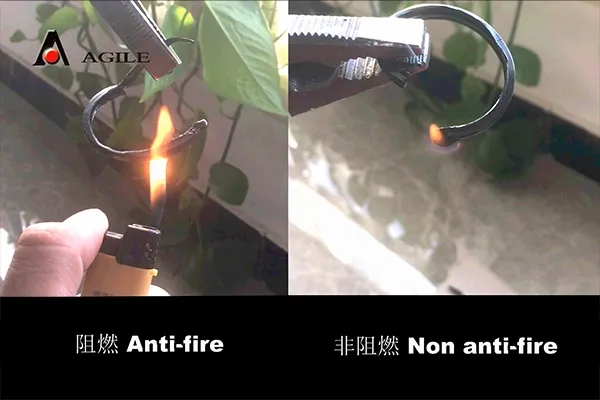corrugated wire tubing
Understanding Corrugated Wire Tubing An Essential Component in Wiring Systems
In modern electrical and telecommunication systems, the organization and protection of wires and cables play a crucial role in both functionality and safety. Among various materials used for this purpose, corrugated wire tubing has gained significant attention due to its unique properties and versatility. This article aims to explore the features, advantages, applications, and installation practices related to corrugated wire tubing.
What is Corrugated Wire Tubing?
Corrugated wire tubing is a type of protective conduit made from plastic or other materials, characterized by its ribbed or corrugated surface. This design allows for flexibility, enabling it to bend and navigate through tight spaces without compromising the integrity of the wires housed within. The corrugation not only provides physical protection but also typically allows for improved air circulation, reducing the risk of overheating.
Materials and Variants
Corrugated wire tubing is commonly made from polyethylene, PVC, or nylon. Each material comes with its own set of properties, such as temperature resistance, chemical resistance, and impact resistance, making them suitable for different applications. For example, PVC corrugated tubing is often preferred in applications requiring moderate flexibility and good resistance to environmental factors, while nylon offers enhanced strength and is suitable for harsh environments where mechanical wear and tear is a concern.
Advantages of Using Corrugated Wire Tubing
1. Flexibility and Versatility One of the standout features of corrugated wire tubing is its flexibility. This allows installers to navigate around obstacles and fit the tubing into tight spaces, making it an ideal choice for complex wiring systems.
2. Enhanced Protection The ribbed structure of corrugated tubing provides effective protection against physical abrasions, moisture, dust, and other environmental factors. By safeguarding the wires, this tubing helps reduce the risk of electrical shorts and prolonged damage.
3. Improved Cable Management With the capacity to bundle multiple wires together, corrugated tubing aids in maintaining an organized and neat wiring system. This reduces clutter, making it easier to identify and troubleshoot individual wires when maintenance is required.
4. Reducing Overheating Risks The design of corrugated tubing often allows for better air circulation, which can be beneficial in preventing overheating of wires, especially in systems where high currents are prevalent.
5. Lightweight and Cost-Effective Compared to traditional metal conduits, corrugated wire tubing is lightweight, making transportation and installation more efficient. Additionally, its lower cost can lead to significant savings in large-scale projects.
Applications
corrugated wire tubing

Corrugated wire tubing finds applications across various industries, showcasing its versatility
. Common uses include- Automotive Industry In vehicles, corrugated tubing is utilized to protect and organize wiring harnesses, preventing potential damage from engine heat and vibrations.
- Electronics In consumer electronics, it safeguards delicate wiring from physical stress and environmental impacts, ensuring longevity and reliability.
- Construction contractors use corrugated tubing to manage electrical systems in buildings, providing essential protection and organization for wiring during the construction process.
- Industrial Equipment For machinery and industrial setups, corrugated tubing helps manage wiring in areas that may experience wear and tear due to operational demands.
Installation Practices
Proper installation of corrugated wire tubing is essential for maximizing its protective benefits. Here are some best practices
1. Plan the Layout Before installation, plan the path the tubing will take. Consider factors such as bends, length, and potential obstacles.
2. Cut to Length Measure and cut the tubing to the required lengths while ensuring that it is long enough to accommodate any bends without stressing the wires.
3. Secure Properly Use straps or clips to secure the tubing in place, especially in vertical applications, to avoid sagging and movement.
4. Allow for Expansion When installing, provide some additional space for thermal expansion of the wires, particularly in environments where temperature fluctuations are common.
Conclusion
Corrugated wire tubing serves as a vital component in the protection and management of wiring systems across various applications. Its flexibility, protective properties, and convenience make it an invaluable choice for engineers, electricians, and contractors alike. As technology continues to advance, the use of corrugated wire tubing will likely evolve, further solidifying its place in modern electrical and telecommunication infrastructure. Understanding its benefits and proper installation techniques is essential for ensuring effective and safe wiring solutions.








